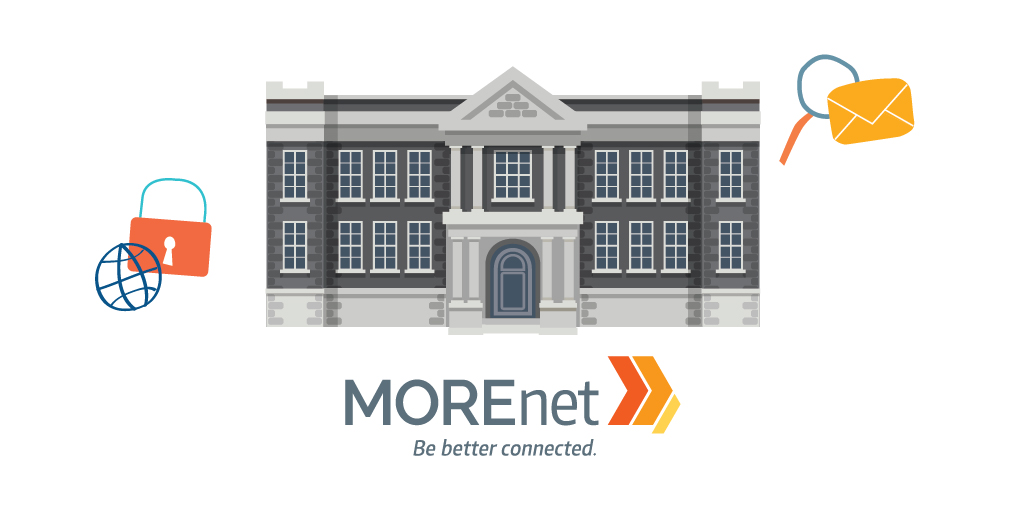
Just over 17,000 educators, students, technology professionals, librarians and others joined together in San Antonio June 28- July 2 to participate in the ISTE (International Society for Technology in Education) Conference. This is the 5th time I have attended the ISTE conference and, as always, it left me inspired, overwhelmed, humbled and excited to share what I learned. Here are a few of the highlights:
As usual for the last few years, Artificial Intelligence dominated the discussion and sessions. The overarching theme this year in AI is literacy. Not just for students, but for teachers. The feeling was, “Before we can teach AI, we need to learn how to use it.” And the focus was not just on middle and high school. There were some excellent sessions on introducing AI literacy topics such as information literacy and how AI works (categories, decisions, etc.) in early education. Companies like Sphero, Samsung, Google, Microsoft and others have added AI literacy components to their products.
Google was there in force this year promoting some big releases. First, Gemini and NotebookLM are core Google services now. This gives admins greater control over these services. Second, Gemini (as of July 1) and NotebookLM (later this year), are being made available to students 13-18. This is big because among other things it means that Gemini is the first large language model (of the family like ChatGPT, Claude, Copilot) to provide safeguards (called guardrails) to protect students, while allowing them to access full models. And there are a ton of enhancements to Google Classroom for teachers as well. Definitely worth giving your teachers a heads up to review before classes start!
Immersive Environments were more prominent this year. These are full room immersive experiences, full body game walls like LU (https://play-lu.com/) and interactive tables like the Automate Table (https://automate.com/table). Rumor has it that RayPec schools just bought one of these this spring! While these tools have been around for a while, most offer an experience now that is enhanced by AI to add learning and engagement to the “wow” of the environment.
The big takeaways for me were that, while there is still a lot of work to do to get everyone up to speed on AI, educators are mostly past the hype. They are looking for real world, useful AI tools that can be applied to education. STEM is recovering from the loss of teachers and makerspaces with renewed interest and programs for things like engineering, robotics and drones. Teaching coding as a part of computer science is evolving rapidly. And finally, and this isn’t new, but educators are amazing.
